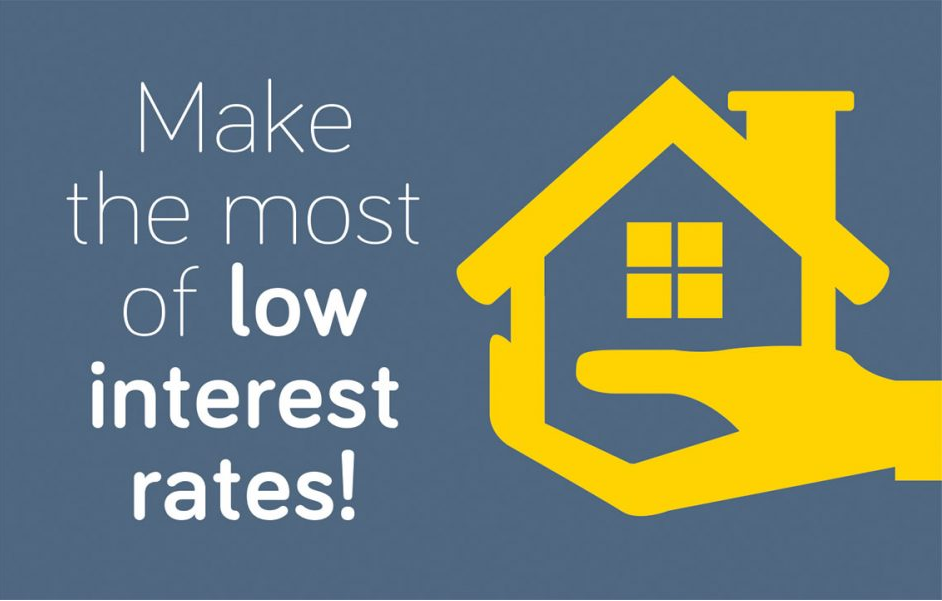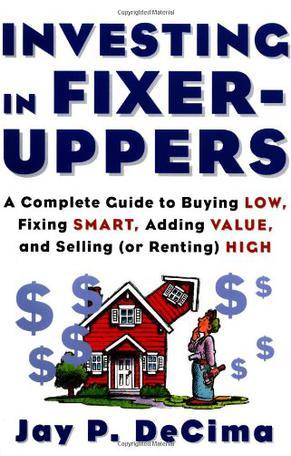Understanding Conforming Loan Amount: What You Need to Know for Your Home Purchase
#### What is a Conforming Loan Amount?A conforming loan amount refers to the maximum loan limit set by the Federal Housing Finance Agency (FHFA) that can be……
#### What is a Conforming Loan Amount?
A conforming loan amount refers to the maximum loan limit set by the Federal Housing Finance Agency (FHFA) that can be purchased or securitized by Fannie Mae and Freddie Mac. These loans adhere to specific guidelines and criteria, making them a popular choice for homebuyers looking for stability and lower interest rates. The conforming loan amount varies by location and is adjusted annually to reflect changes in housing prices.
#### Why is the Conforming Loan Amount Important?
Understanding the conforming loan amount is crucial for prospective homebuyers because it determines the maximum amount they can borrow without needing to resort to non-conforming loans, which often come with higher interest rates and stricter qualification criteria. By staying within the conforming loan limits, borrowers can access more favorable loan terms, making homeownership more attainable.
#### How is the Conforming Loan Amount Determined?

The conforming loan amount is influenced by various factors, including the median home prices in a given area. The FHFA reviews housing data annually and adjusts the loan limits accordingly. In high-cost areas, the conforming loan limit can be significantly higher than in rural or less populated regions, allowing buyers in expensive markets to secure financing that meets their needs.
#### Conforming Loan Amount Limits for 2023
As of 2023, the baseline conforming loan limit for a single-family home is set at $726,200 in most areas of the United States. However, in higher-cost areas, the limit can go up to $1,089,300 or more. It’s essential for buyers to check the specific conforming loan limits in their desired location to ensure they are aware of their borrowing capabilities.
#### Benefits of Using a Conforming Loan Amount
One of the primary advantages of a conforming loan is the lower interest rates typically associated with these loans compared to non-conforming options. Additionally, conforming loans often require lower down payments and have more flexible qualification guidelines, making them accessible to a broader range of borrowers. This can be particularly beneficial for first-time homebuyers who may have limited savings.
#### How to Qualify for a Conforming Loan
To qualify for a conforming loan, borrowers must meet certain criteria, including a good credit score, a stable income, and a manageable debt-to-income ratio. Lenders will also look at the borrower’s employment history and the amount of the down payment. It’s advisable for buyers to get pre-approved for a loan to understand their budget and streamline the home-buying process.
#### Conclusion: Navigating the Conforming Loan Amount Landscape

In conclusion, understanding the conforming loan amount is essential for anyone looking to purchase a home. By familiarizing yourself with the limits, benefits, and qualification requirements, you can make informed decisions that align with your financial goals. Whether you are a first-time buyer or looking to upgrade your current home, conforming loans offer a viable path to homeownership with favorable terms. Always consult with a mortgage professional to explore your options and find the best loan solution for your needs.